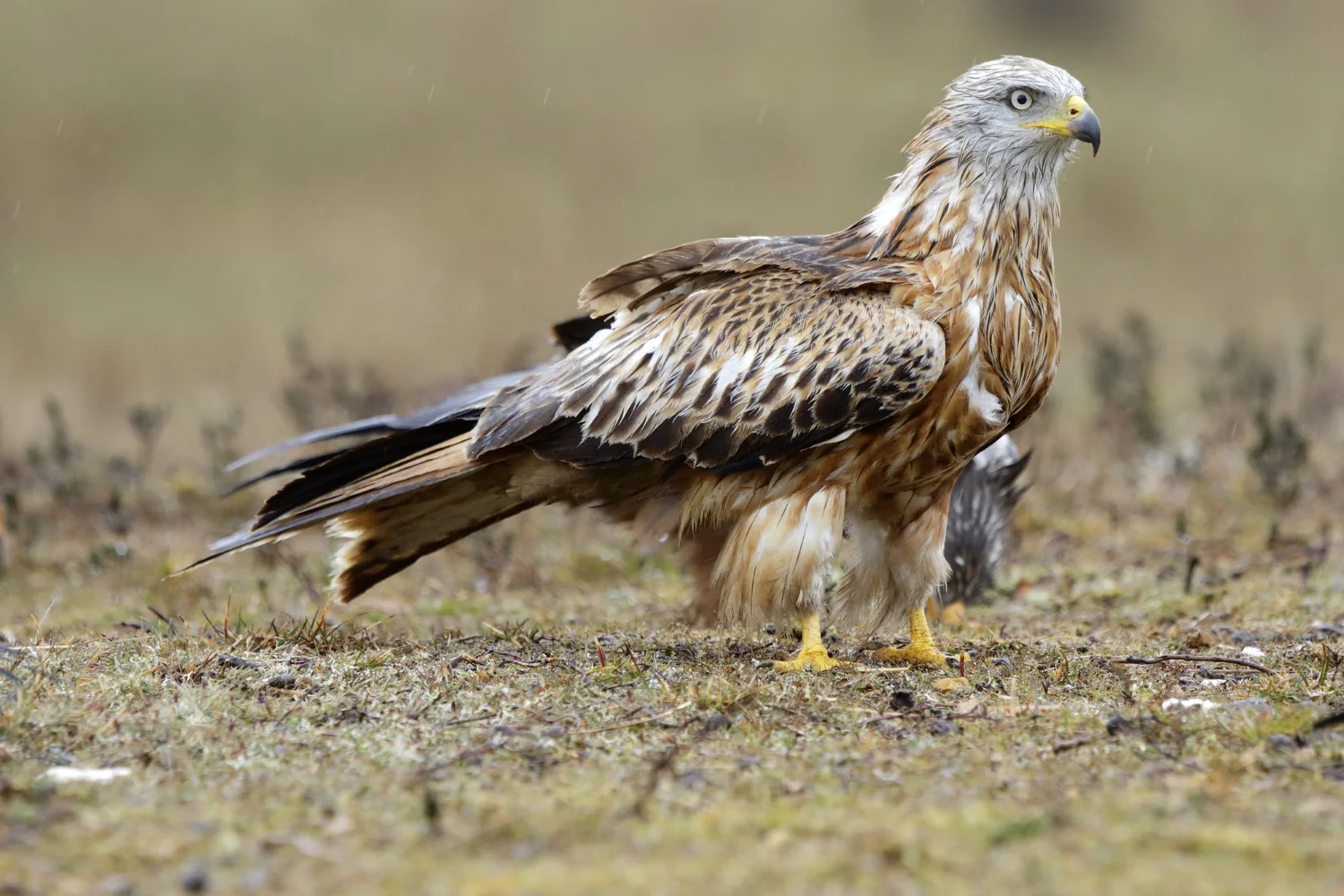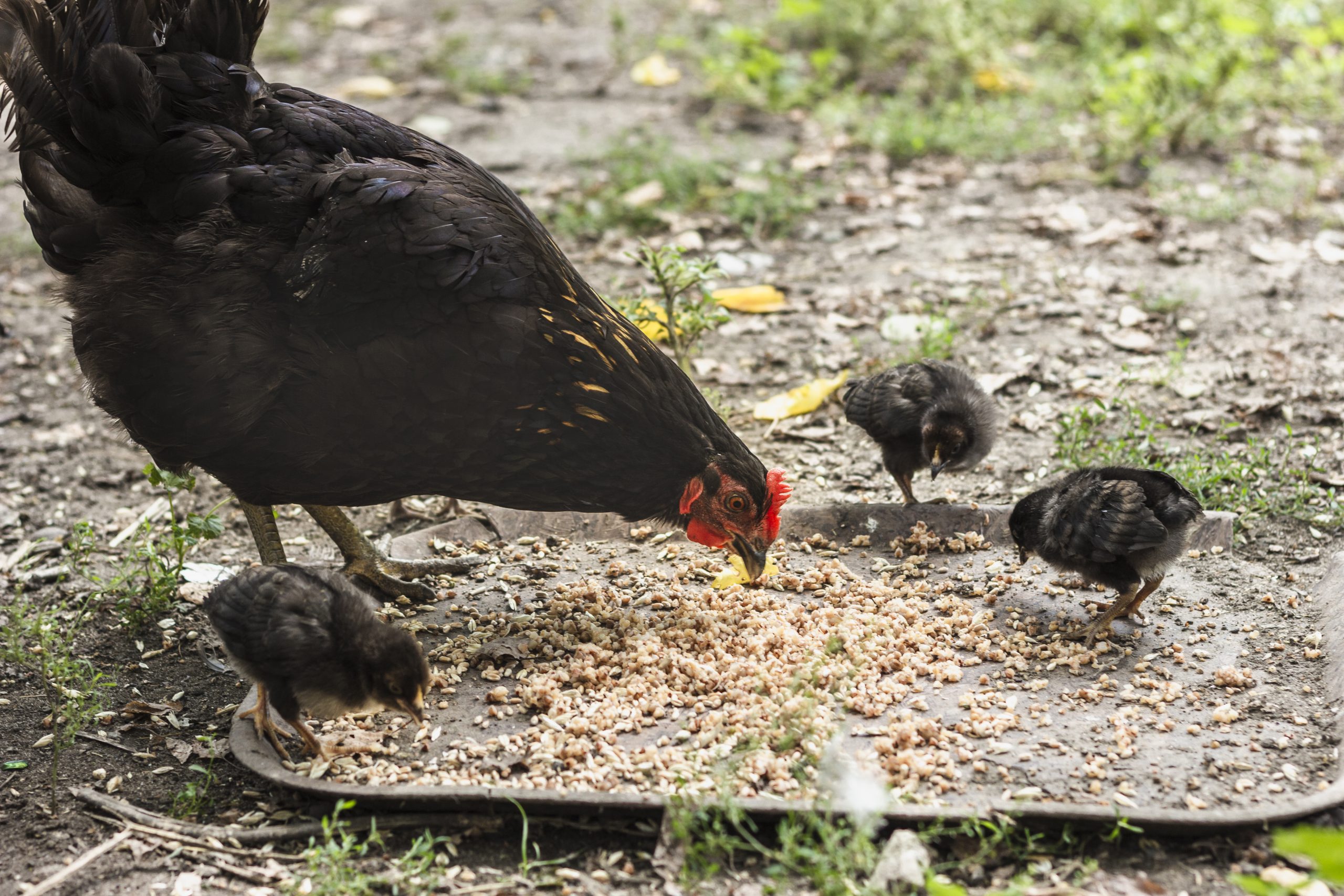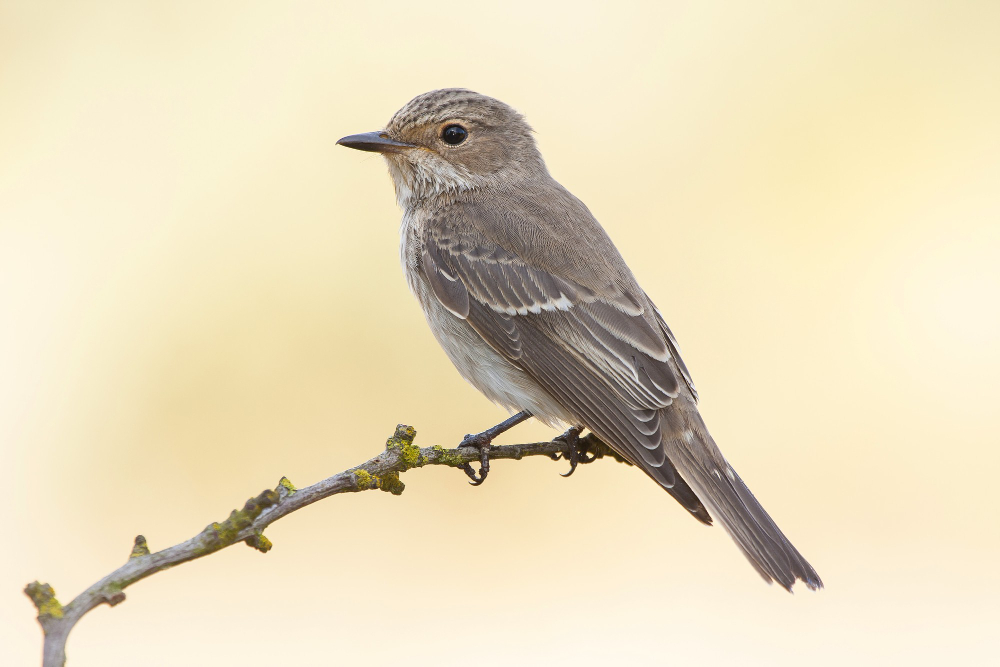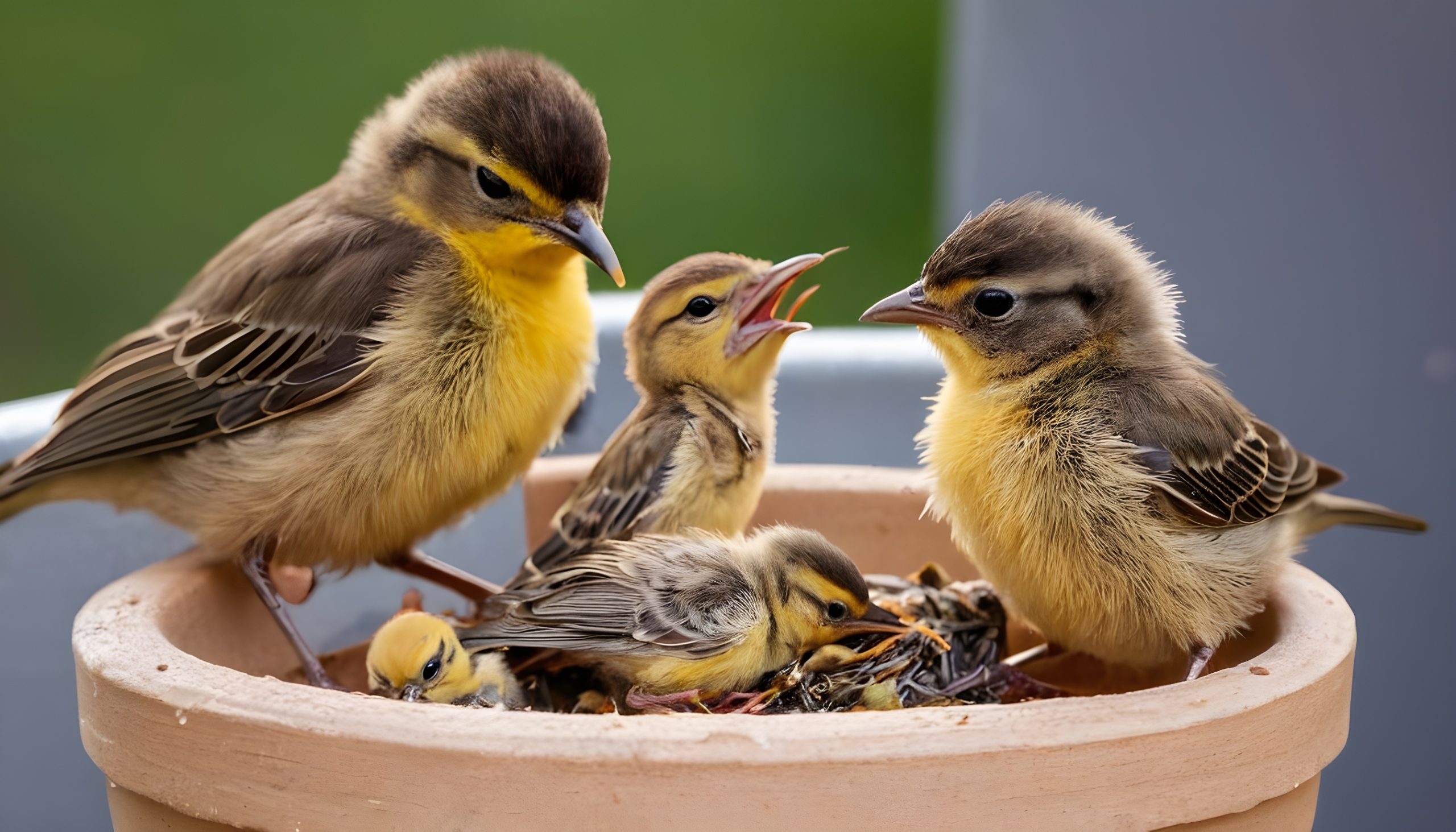The Northern Harrier White Headed Hawk is a medium-sized hawk, measuring 16-24 inches in length with a wingspan of up to 48 inches. Unlike its sharp-winged brethren, the harrier’s wings are long and broad, forming a shallow V in flight. This unique wing shape, coupled with its long, rounded tail, grants it exceptional maneuverability, allowing it to weave effortlessly through dense vegetation and navigate the wind-swept expanses of marshes and prairies.
Coloration plays a crucial role in the harrier’s stealthy hunting strategy. Males boast a stunningly handsome plumage, their gray upperparts contrasting beautifully with their white rump and underparts. But it’s the females and juveniles that truly embody the spirit of the ghost. Cloaked in warm browns and streaked with rufous hues, they melt into the reeds and grasses, becoming nearly invisible predators amidst the swaying foliage.
Silent Hunter of the Marshlands
The harrier’s hunting methods are as impressive as its appearance. Unlike other hawks that rely on speed and dive attacks, the harrier employs a slow, methodical approach. It quarters low over the ground, its keen eyes scanning the marsh for the slightest movement. Its owl-like facial disc, equipped with stiff feathers that direct sound toward its ears, grants it an exceptional hearing, allowing it to detect even the rustle of a vole beneath the vegetation.
Once prey is located, the harrier dives with surprising agility, its flexible wings folding back momentarily to increase speed. Talons extended, it snatches its quarry – a vole, a snake, a small bird – with stunning precision. This patient but effective strategy has earned the harrier the nickname “Marsh Hawk,” a testament to its mastery of this unique habitat.
A Circle of Life
The Northern Harrier is an integral part of the delicate balance of the marsh ecosystem. By keeping rodent populations in check, it prevents outbreaks that could devastate the wetland vegetation. In turn, this healthy plant life provides food and shelter for a myriad of other creatures, from insects and amphibians to waterfowl and songbirds. In this intricate web of life, the harrier plays a vital role, ensuring the health and survival of the entire marsh community.
A Story of Challenges and Hope
Sadly, the future of the Northern Harrier is not without its shadows. Habitat loss due to wetland drainage and agricultural expansion has led to declining populations in many areas. Pesticides and rodenticides can also pose a threat, accumulating in the food chain and impacting the harrier’s reproductive success.
However, there is hope. Conservation efforts are underway to protect remaining wetland habitats and restore degraded areas. By raising awareness about the vital role the harrier plays in the ecosystem, we can inspire action and ensure that this ghost of the marshes continues to grace the skies for generations to come.
Beyond the Superficial
Here are some additional insights into the fascinating world of the Northern Harrier:
- A Monogamous Bond: Northern Harriers are some of the few raptor species that exhibit monogamy. Pairs often stay together for the entire breeding season, cooperating in building nests, incubating eggs, and raising their young.
- A Nursery in the Marsh: Harrier nests are simple but sturdy structures, often built low to the ground amidst dense vegetation. They are made of grasses, sticks, and reeds, providing a protected haven for the chicks to grow and learn.
- A Symphony of Squeaks: As chicks hatch, the once-silent marsh comes alive with their insistent calls. These high-pitched squeaks serve to attract the attention of their parents, who diligently bring them food and ensure their survival.
- Beyond the Marshes: While primarily associated with wetlands, Northern Harriers can also be found in grassland habitats, open fields, and even coastal areas. Their adaptable nature allows them to thrive in diverse landscapes, even venturing into mountain ranges during the breeding season.
Nesting
- Location, location, location: Harriers prioritize undisturbed, dense vegetation for their nests, often favoring marshes, grasslands, and fields with tall weeds or reeds. Nests are simple but effective, built low to the ground on the ground or in a bush, using dead grass, sticks, and leaves.
- A team effort: Both male and female contribute to building the nest, sharing the duties of gathering materials and weaving them together. This collaborative spirit continues throughout the nesting process, as both parents take turns incubating the eggs and feeding the chicks.
- Raising a hungry brood: After about 30 days of incubation, 3-5 fluffy chicks hatch, their bodies covered in soft white down. Feeding time becomes a symphony of squeaks and flapping wings as parents tirelessly hunt rodents, small birds, and reptiles to fill the growing bellies of their offspring.
- Learning to fly: Within 6-7 weeks, the chicks take their first wobbly steps into the world, venturing out of the nest to explore their surroundings. Their parents continue to provide food and guidance as they hone their flying and hunting skills, preparing for independence.
Mating
- A dance of feathers: Northern Harriers engage in breathtaking courtship displays. Males perform high-altitude dives and swoops, followed by slow, graceful glides, showcasing their agility and strength to potential mates. Females may join in with aerial acrobatics of their own, evaluating the suitability of the male before choosing her partner.
- Monogamous bonds: Once paired, harriers stay together throughout the breeding season, demonstrating a strong sense of monogamy. They work together to defend their territory from rivals and ensure the success of their brood.
- Nesting season rituals: Nest building and egg-laying mark the peak of activity during the breeding season. Both parents share incubation duties, taking turns sitting on the eggs to keep them warm and protected. Once chicks hatch, the marsh comes alive with a chorus of hungry chirps demanding constant attention from their parents.
Migration
- Travelers of the sky: Not all harriers are migratory, with some populations remaining year-round in their chosen habitat. However, many undertake impressive journeys, travelling south in the fall to escape harsh winters and returning north in the spring to nest.
- Following the wind: During migration, harriers utilize wind currents to their advantage, gliding effortlessly for long distances and conserving energy. They often follow established migration routes, relying on instinct and landmarks to navigate their way.
- Adapting to change: Climate change and habitat loss can disrupt traditional migration patterns, posing challenges for these feathered travelers. Conservation efforts are crucial in protecting stopover sites and ensuring safe passage for these remarkable birds.
Diet and Hunting
- Primarily eat small mammals like voles and mice, but also take birds, reptiles, and amphibians.
- Hunt low over the ground, relying on keen eyesight and hearing to locate prey.
- Their long, flexible wings and rounded tail allow for exceptional maneuverability in dense vegetation.
- They often use surprise attacks or “flushing” techniques to catch unsuspecting prey.
Other Interesting Facts
- Northern Harriers are the only North American raptors with facial discs similar to owls.
- They have exceptional hearing, capable of detecting prey sounds from under several inches of snow.
- Harriers are relatively long-lived, with some individuals reaching over 20 years in the wild.
- They play a vital role in controlling rodent populations, benefiting the overall health of the ecosystems they inhabit.
Conservation Concerns
- Habitat loss due to wetland drainage and agricultural expansion is the main threat to harrier populations.
- Pesticides and rodenticides can accumulate in the food chain, impacting their reproductive success.
- Collisions with power lines and wind turbines pose additional dangers.
Conservation Efforts
- Habitat protection and restoration programs are crucial for ensuring the survival of Northern Harriers.
- Educational initiatives raise awareness about their importance and promote conservation efforts.
- Research continues to improve our understanding of their biology and migration patterns, informing effective conservation strategies.
FAQs ABOUT Northern Harrier White Headed Hawk
Why is the Northern Harrier called the “Marsh Hawk”?
It earned this nickname due to its preferred habitat of marshes and wetlands, where it hunts for small mammals and other prey amidst the reeds and grasses. Its low, gliding flight pattern further reinforces the association with these marshy environments.
How does the Northern Harrier mimic owls?
While not a mimic in the truest sense, the harrier shares some physical characteristics with owls, such as facial discs that direct sound towards its ears and a rounded head shape. This may contribute to its stealthy hunting approach and potentially confuse some observers.
What makes the Northern Harrier’s hunting technique so effective?
Its long, flexible wings and rounded tail allow for incredible maneuverability, enabling it to navigate dense vegetation with agility. They combine this with keen eyesight and hearing, often hunting low over the ground and surprising prey with sudden dives or “flushing” techniques.
Is the Northern Harrier a social bird?
Outside of the breeding season, they are mostly solitary and fiercely defend their territories. However, pairs form strong bonds during breeding, cooperating in nest building, egg incubation, and chick rearing. They communicate with each other through various vocalizations, including screeches, whistles, and cackles.
Do Northern Harriers migrate?
While some populations are migratory, traveling south in the fall and north in the spring, others remain year-round in their chosen habitat. Migration distances can vary depending on the population and environment.
What are the biggest threats to the Northern Harrier?
Habitat loss due to wetland drainage and agricultural expansion poses the greatest threat, depriving them of essential hunting and nesting grounds. Additionally, pesticides and rodenticides can accumulate in the food chain, impacting their reproductive success. Collisions with power lines and wind turbines are also emerging concerns.
How can we help conserve the Northern Harrier?
Supporting habitat protection and restoration initiatives for marshes and wetlands is crucial. Educational outreach programs can raise awareness about their importance and inspire conservation efforts. Additionally, supporting organizations working on research and mitigation of specific threats like power line collisions can make a valuable impact.
What are some unique facts about the Northern Harrier?
- They have extraordinary hearing, capable of detecting prey sounds from under several inches of snow.
- They play a vital role in controlling rodent populations, benefiting the overall health of the ecosystems they inhabit.
- Their wingspan can reach up to 48 inches, allowing them to cover significant distances during hunting and migration.
Where can I learn more about the Northern Harrier?
Many resources are available, including local birdwatching organizations, conservation groups, wildlife photography websites, and online scientific articles. Exploring these resources can provide deeper insights into their behavior, ecology, and conservation needs.
How can I identify a Northern Harrier in the wild?
Look for their distinctive flight pattern – low and gliding over marshes and fields. Their long, rounded wings and tail, gray or brown plumage (not white!), and facial disc can help differentiate them from other hawks. However, if you’re unsure, consulting a field guide or birdwatching app can assist with identification.
Remember, by appreciating the Northern Harrier’s unique qualities and understanding the challenges they face, we can become advocates for their protection and ensure these silent hunters of the marshes continue to grace the skies for generations to come.




